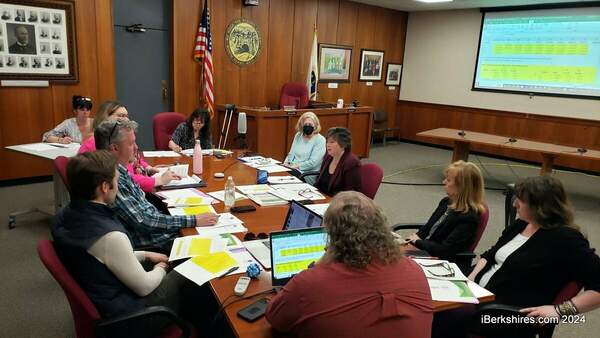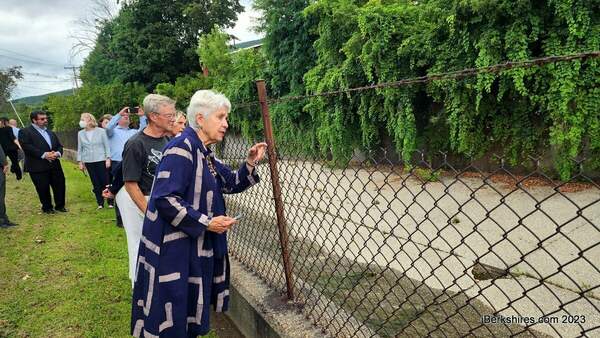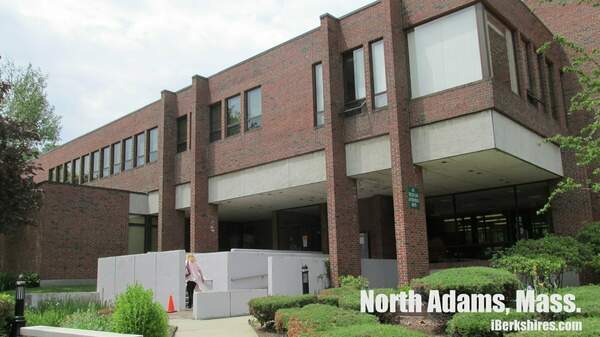North Adams gets $500,000 from State for Dam Improvements
NORTH ADAMS, Mass. — The city will receive $500,000 from the state for improvements to the Mount Williams and Notch Reservoir Dams.
The funding comes as the Baker-Polito Administration announced approximately $19.2 million in grants through the Executive Office of Energy and Environmental Affairs’ (EEA) Dam and Seawall Program this week, continuing efforts to address failing dams and strengthen coastal infrastructure.
"As we continue to witness the impacts of climate change on the Commonwealth, it is important that we work to address the state’s aging infrastructure, such as dams, seawalls, and other structures," said Gov. Charlie Baker. "By investing in these types of critical structures, we will make Massachusetts communities more resilient to withstand stronger storm events and other impacts and ensure better safety and performance for years to come."
This funding will support 23 municipalities and nonprofit organizations as they seek to advance 26 critical infrastructure projects within their communities.
"Our Administration is proud to assist our municipal partners as they work to address failing dams and seawalls, which can be a costly endeavor that puts a significant financial strain on local budgets," said Lt. Gov. Karyn Polito. "Through our continued partnership, we will be able to make critical repairs and other necessary work to improve important infrastructure and make our communities more resilient to climate change."
Grants are awarded to advance designs and permits, as well as to construct the projects. This round of grants will support 15 design and permitting projects and 11 construction projects. With these new grants, EEA’s Dam and Seawall Program has now made over $114 million in total grants and loans to address deficient dams, seawalls, and levees since the program began in 2013.
"The Baker-Polito Administration has made tremendous progress in addressing dams, seawalls, and levees by investing more than $100 million in funds to cities and towns since 2015," said Energy and Environmental Affairs Secretary Beth Card. "Many of these structures were never intended to withstand the conditions we experience today, such as more intense storms and rising sea levels, requiring us to act now to implement resilient solutions to better protect our communities from future events and issues."
"The reality of rising sea levels and the increased risk of flooding in Massachusetts prompted the legislature to create the Dam and Seawall Repair or Removal Fund," said Senate President Karen E. Spilka (D-Ashland). "Seawall and dam infrastructure is critical for safeguarding the wellbeing of communities throughout the Commonwealth. Even in-land communities, like Hopkinton in MetroWest, will benefit from restored functioning and heightened protections against flooding from nearby lakes and waterways."
"As we work together to build a greener and more resilient Commonwealth, I want to applaud the Baker-Polito Administration for working with us in the Legislature to combat climate change and meet critical environmental infrastructure needs," said Senator Michael J. Rodrigues, Chair of the Senate Committee on Ways and Means (D-Westport). "Because of our enduring partnership, we have made incredible progress, working together to invest over $100 million since 2015 to repair and bolster our dams, seawalls and other coastal infrastructure necessary to better protect our communities and confront the impacts of climate change for many years to come."
"Our coastal infrastructure is key to keeping our communities safe from the impacts of severe weather," said State Senator Patrick O’Connor (R-Weymouth). "With hundreds of miles of coastline to protect on the South Shore, today’s announcement of over $10 million to construct and design seawalls in the district is a significant step forward. I am deeply appreciative of the Baker-Polito Administration for their investment in the South Shore."
"Thank you to the Baker-Polito administration for this allocation of funding," said Representative Patricia Haddad (D-Somerset). "My communities of Somerset and Swansea will use this money to improve aging infrastructure that help protect our homes and businesses from the devastating effects of flooding."
"Global heating is affecting our infrastructure and we must plan now for even greater changes in the future," said Representative Paul A. Schmid III (D-Westport). "Fall River thanks the Baker-Polito Administration for this award which will help improve the Sawdy Pond Dam."
For more information regarding EEA’s Dam and Seawall Repair or Removal Program, please visit the program’s webpage.
Tags: state aid,















